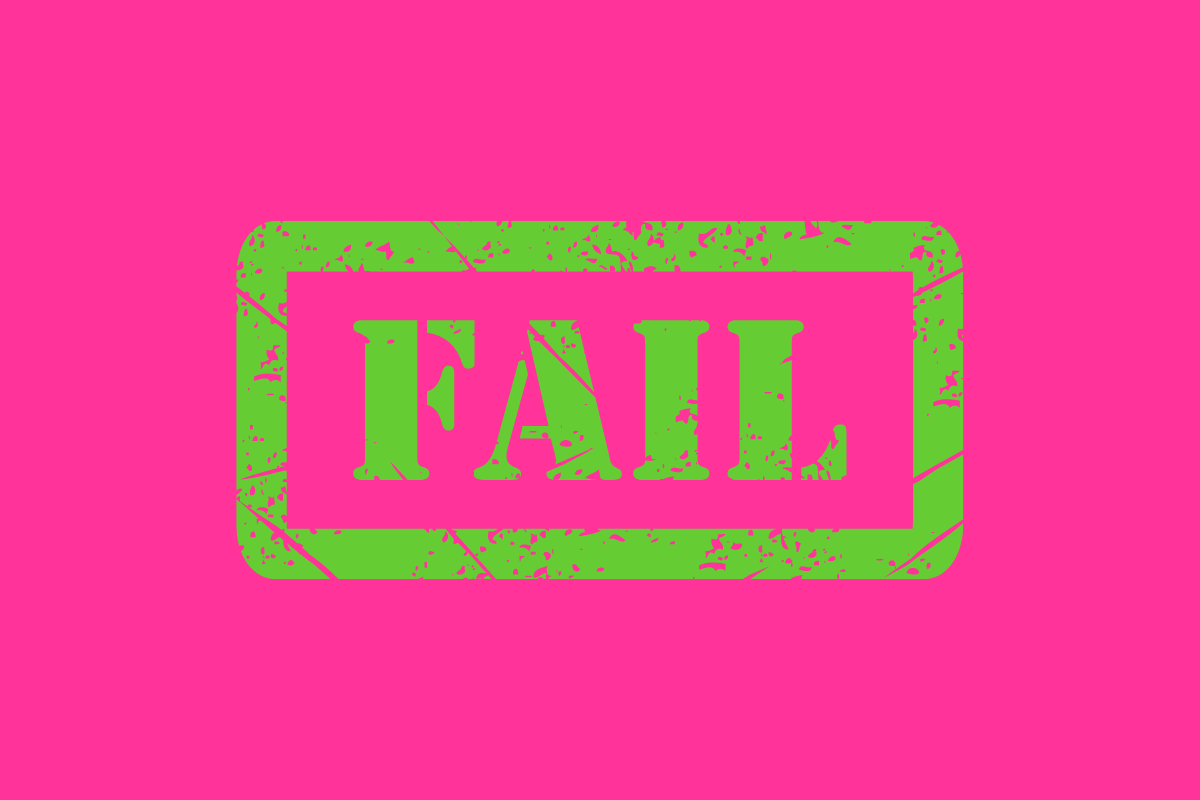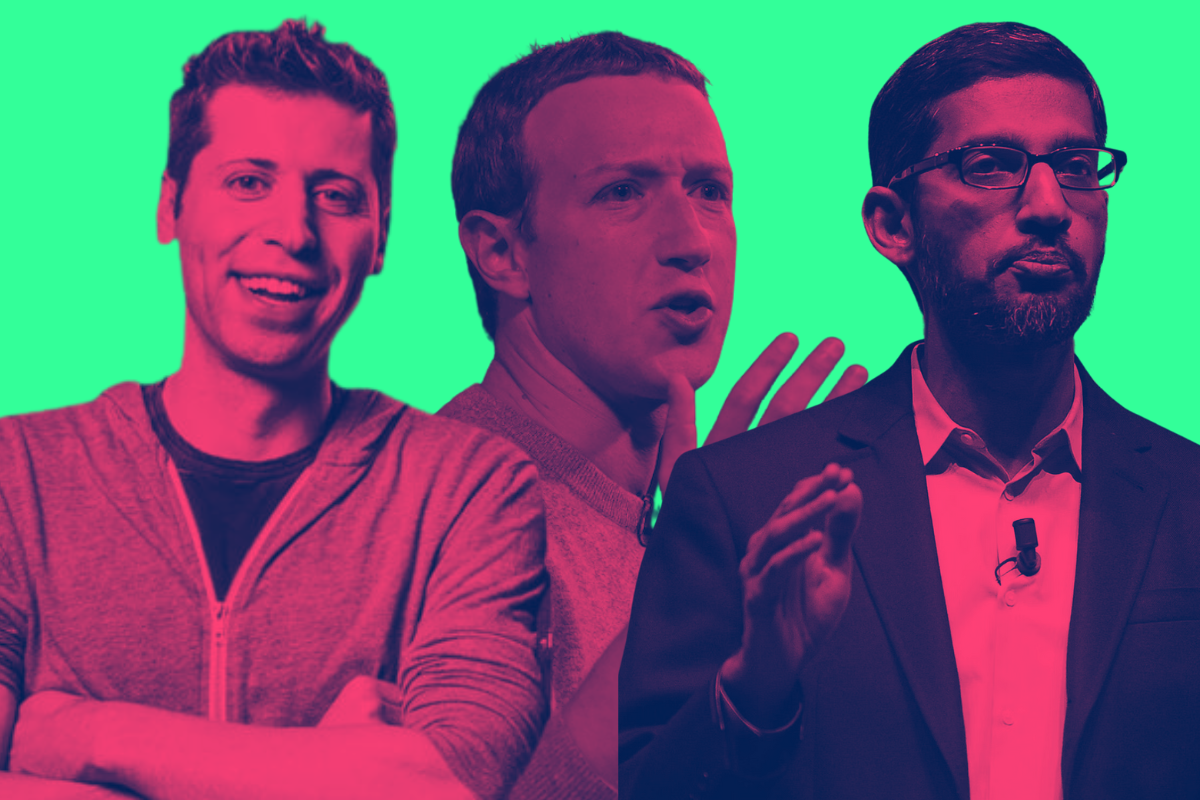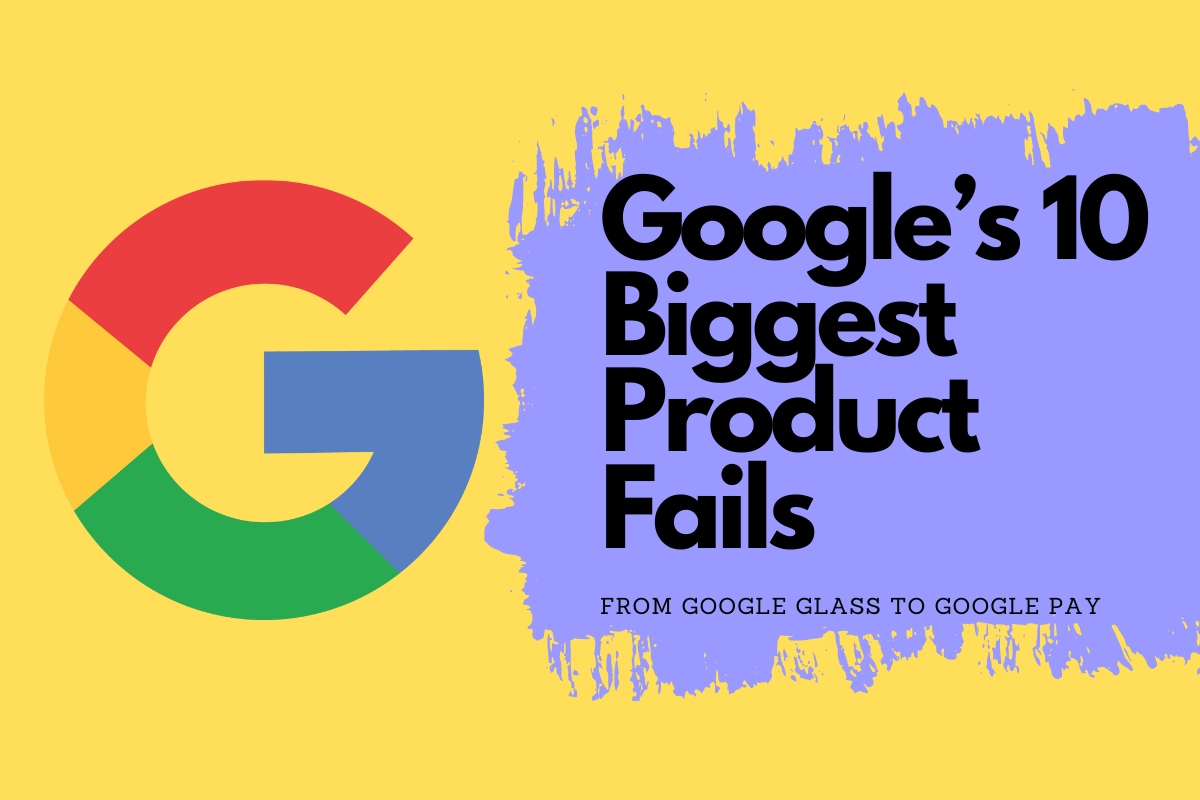Welcome to Google’s product graveyard, the place where myriad products and ideas now languish. From Google Glass to Stadia and Google Pay, The Big G has no worries about killing its darlings
Google’s main product is search, and Android. But it also has things like Drive, Chrome, and apps like YouTube which are wildly successful. But for every success, there is a raft of epic fails too – and some of them were extremely costly (hello, Google Glass).
Google has more technical fails under its belt than any other tech company in operating today. I’ve been a tech journalist for 14 years and I have literally lost count of the number of products and projects Google has launched and then killed. A new one seems to pop-up every week, like the recent demise of Google One VPN.
The most recent addition to the Google graveyard is Google Pay. Google has now confirmed that Google Pay will cease to exist from June 4, 2024. Google Wallet will now be The Big G’s de facto mobile payment platform.
But Google Pay won’t be the last. Google’s current foray into AI products has the potential to produce a slew of new additions to its product graveyard.
Finger’s crossed Google Generative Search Experience is the first of them!
Read on for a recap of some of Google’s biggest product failures to date. The list doesn’t include all of them, just a selection of some of the most well known ones.
Google’s 10 Biggest Failures

Google Glass
Google Glass generated tremendous excitement when it was unveiled in 2012. The lightweight smart glasses aimed to deliver hands-free access to information and completely redefine human-technology interaction.
However, at $1,500, Google Glass was prohibitively expensive for most consumers. It also suffered from a design that was clunky and unfashionable, as well as significant privacy concerns related to the integrated camera.
Though Google Glass was ahead of its time, the lack of a clear use case beyond early adopters proved to be its downfall. The product was discontinued in 2019, but Google is reportedly looking to relaunch it for enterprise customers. At its peak, Google Glass had sold approximately 150,000 units.
Google+
When launched in 2011, Google+ was envisioned as a challenger to Facebook’s dominance in social networking. Google tried to differentiate Google+ with features like Circles for easily organizing contacts and video Hangouts.
However, Google+ failed to gain meaningful traction, peaking at 540 million monthly active users compared to Facebook’s 1.4 billion. It was plagued by lack of user engagement and a series of data leaks and software bugs.
Google finally pulled the plug on Google+ in 2019 after announcing that a software update error had potentially exposed private data of 52.5 million users.
Google Wave
Google Wave debuted in 2009 as an ambitious communication platform blending email, instant messaging, wikis, and social networking. Hosted on Google’s servers, it allowed for real-time collaboration and editing of documents and media.
While innovative, Google Wave’s myriad of features resulted in a product that was too complex. Lack of adoption even among early adopters led Google to discontinue Wave in 2012.
Google Reader
Introduced in 2005, Google Reader became one of the most popular RSS feed aggregators, allowing users to easily subscribe to website and blog updates. At its peak, it had an estimated user base of millions.
However, Google made the unpopular decision to shut down Reader in 2013, causing an uproar among its dedicated fan base. The move was part of a larger shift away from standalone services towards web and mobile apps powered by Google’s core advertising business.
Orkut
Orkut, launched in 2004, was Google’s foray into social networking before Facebook cemented its grip. It found popularity in specific markets like Brazil and India, attracting over 300 million users at its peak.
But Orkut could not expand beyond these niches and fended off stiff competition from Facebook and others. Google finally bid adieu to Orkut in September 2014.
Google Buzz
Integrated into Gmail in 2010, Google Buzz was meant to add a social layer enabling users to publicly share updates, links, photos and more. However, it was widely panned over privacy concerns as contact lists were automatically made public. Just a year after its troubled launch, Google shut down Buzz and redirected users to Google+.
Google Allo
Google Allo entered the messaging battle in 2016 as the company’s counterpart to WhatsApp and Messenger. It incorporated AI features like automated replies but adoption stalled because many users already had entrenched messaging preferences.
Lack of encryption also hurt Allo. Two and a half years after launch, Google pulled the app from the market.
Google Inbox
For a brief period from 2014 to 2019, Google Inbox served as an alternative to the Gmail experience. Inbox was oriented around intelligent features like email bundling and allowing emails to be snoozed or pinned for later. While Inbox had its fans, Google ultimately decided to sunset the app in favor of developing Gmail.
Google Play Music
Google Play Music helped cement Google’s position in the music streaming market after its 2011 launch. However, it lagged behind Spotify and Apple Music in subscribers.
In 2020, Google announced it was shuttering Play Music and replacing it with YouTube Music, leveraging YouTube’s vast catalog of songs and remixes. Play Music had over 5 million paid subscribers at the time of its demise.
Stadia
Stadia tried to revolutionize video game distribution through cloud streaming when it launched in 2019. Players could access and play games without needing to buy expensive hardware or consoles. But establishing reliable infrastructure proved challenging, and Stadia undershot subscriber targets.
Faced with stiff competition from other streaming platforms, Google announced in 2023 that it would be winding down Stadia, ending the service’s short-lived life.
The Future is Ripe For Some Epic Fails…

Between now and 2028, Google will spend hundreds of billions on AI. From things like Gemini to its more esoteric projects, Google has essentially bet the house on AI and its role in the future of search, Android, and general everyday life.
But as we’ve seen in recent months, AI isn’t all it is cracked up to be. OpenAI has experienced consistent problems and issues with its ChatGPT, Google’s Bard and Gemini have both had their fair share of PR disasters. And then there’s the fact that LLMs like to make stuff up and hallucinate.
Google search, its main product, the thing that most people know the company for, has been awful for what feels like months now. The SERPs are full of junk, parasite SEO is running rife, and Google doesn’t seem to have a solution. Other than SGE which, broadly speaking, comes with more caveats than upshots.
And with its “new” Reddit deal, whereby Google will get full access to Reddit to train its AI models, things have gone from odd to plain creepy. Why in the heck would anyone think it’d be a good idea to train an AI model on Reddit?
I love Reddit as much as the next weirdo, but the place is a hotbed of craziness. It’s like 4chan with an undergraduate degree. And that’s before you factor in the myriad of privacy issues and concerns the deal raises. Reddit is a social platform, its content is 100% user-generated. Is it really okay for Google to get access to millions of peoples’ posts and opinions (as well as pictures and personal details) for the purpose of training its LLM? Feels a little iffy to me.


